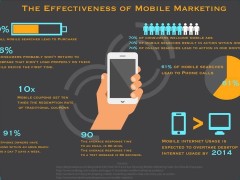An excellent user interface (UI) and user experience (UX) is necessary in today’s interconnected world. In our lives, it’s common for users to use multiple smart devices in multiple environments. As users move between devices, it makes sense to transfer a user’s UX across those platforms. An example of this type of event may start by watching a Netflix movie on your living room television. After a while, you get up and continue watching that film on a laptop in the garage while you work on the lawnmower. That singular experience is maintained through different environments and platforms.
The key is providing a seamless UX within a user’s network. Each device becomes an extension of that network; each is a compliment for the other devices in that network. A complementary user experience allows for mobile applications and experiences to intermingle across these platforms. The true essence of the event is found in the experience, not the network.
Mobile gaming apps are another type of application that can benefit from complementary designs. SMHK Funklab’s game Padracer uses an iPhone as a steering wheel and an iPad as a racetrack. Extra iPads can be added to the game as well. The creativity behind Padracer led to its success as one of the first mobile games with a complementary design.
There are two main types of complementary designs: collaboration and control. In a collaborative design, two different devices have different functions. Padracer falls into this category. Control designs allow for one device to remotely control the other which typically serves the main function. An example of this would be using your smartphone to switch the song playing off Spotify from your laptop. Devices in the complementary ecosystem can also fall into two categories: must-have or nice-to-have. A must-have device is required for the app to function. In the case of Padracer, an iPad and iPhone are must-have devices that are necessary to use the app. Additional iPads add to the experience but aren’t required. These extra devices fall under the nice-to-have category.
A complementary design can unlock endless options for a business to provide an enriched experience for app users. More and more companies are discovering how a complementary UI/UX can lead to company growth. A study by AppDynamics discovered that 65% of people have very high expectations for app performance. Additionally, 30% of customers would spend more money on a company with a good app. If your business uses a mobile app, consider how multiscreen compatibility could boost your user experience.




Leave a Reply